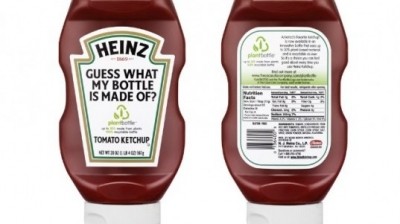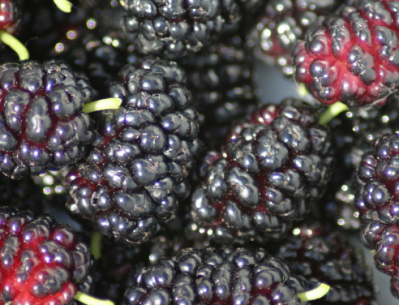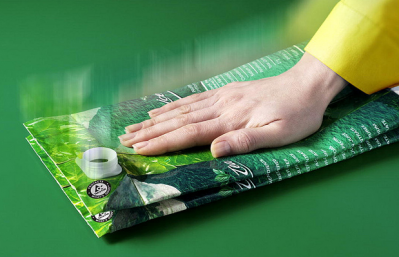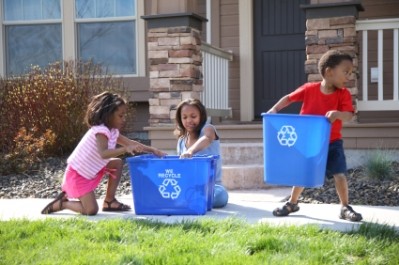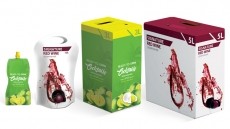‘One trip throwaway’ packaging suits beverage brand image: Canadean
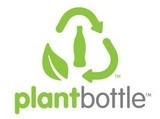
“For some pack options, such as board cartons and metal cans, disposal after a single use is the only practical solution. But this is not the case for glass and PET bottles, both of which can, realistically, be reused,” the market research firm said in a note entitled ‘The Disposable Age’.
While nearly all soft drinks sold in the US before WW2 were contained in refillable glass bottles (used up to 50 times), Canadean said the volume share of such containers fell from 100% in 1940 to less than 1% in 2000.
The movement away from refillable glass and refillable containers had to do with the rise of the PET bottle, patented in 1973, Canadean said, due to favor found with soft drinks manufacturers – particularly in the carbonates and packaged water sectors (70% of global soft drinks volumes).
“The plastic is versatile, resilient, offers good product clarity, and provides consumer convenience plus excellent potential for brand differentiation,” the research firm added.
While refillable PET bottles were available, their application (like their glass counterparts) was geographically limited, Canadean said, although they did have a high occurrence in Central America (mainly Mexico).
“Despite environmental concerns, Norway is the only country where refillable PET actually holds a stronger position than non-refillable PET,” Canadean’s analysts wrote.
Reasons for the poor performance of refillable packaging included the economic cost of setting-up and maintaining refillable systems and retailer reluctance to support the concept, Canadean said.
“Then there is the potential problem of bottle contamination due to earlier consumer misuse, brand image issues caused by scuffing, blemishes and general wear and tear, together with the fact that one-way bottles present greater flexibility in respect of changing pack design.”
Nonetheless, Canadean said that, in terms of one-way PET, producers had reduced plastic thickness (lowering resource demands) and introduced bio-based bottles (e.g. Coke’s 2009 PlantBottle).
“The race is now on to commercialize a fully biodegradable plastic bottle. Meanwhile, the role of the refillable PET and glass bottle has become largely redundant in this disposable age,” the firm added.
